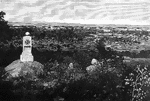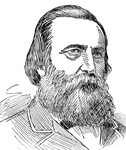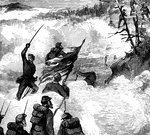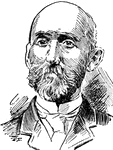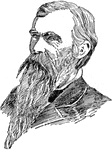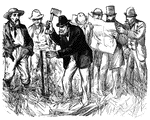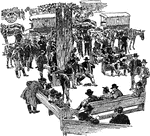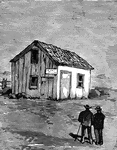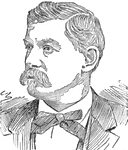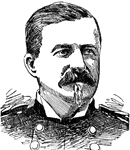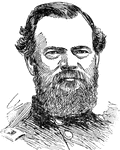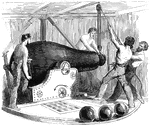
Loading Gun
"Loading a 15-inch gun in the turret of an ericsson ironclad during the attack on Fort Sumter."— Frank…

locomotives
"Five locomotives built at Vicksburg, Miss., by the Federal soldiers, under the superintendence of Colonel…
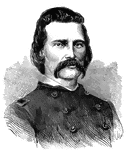
General John A. Logan
"General Logan, born in Jackson County, Ill., February 9th, 1826, died in Washington, D. C., December…
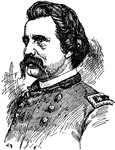
John Alexander Logan
(1826-1886) American soldier and statesman who fought in the Mexican War. US Senator from Illinois.
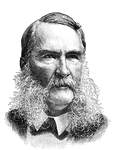
General James Longstreet
"General Longstreet, born in Edgefield district, S. C., January 8th, 1821, was graduated from the United…
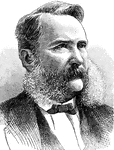
General James Longstreet
General James Longstreet (1821 - 1904) was a famous Confederate general of the American Civil War and…

Capture of Lost Mountain
"The war in Georgia. Capture of Lost Mountain by General Hooker, June 16th, 1864. On June 14th General…

Loudon Heights
"View from Loudon Heights, Va., showing Harper's Ferry, Maryland Heights, Bolivar, etc. Harper's Ferry,…

War in Louisiana
"The war in Louisiana. The army of General Banks crossing Vermilion Bayou, October 10th, 1863. Our artist…

War in Louisiana
"The war in Louisiana- Battle of Mansfield, between General Banks and General Dick Taylor, April 8th,…

War in Louisiana
"The war in Louisiana. General Banks's army, in the advance on Shreveport, crossing Cane River, March…

Badge of the Loyal Legion
"The Military Order of the Loyal Legion is the first society formed by officers honorably discharged…
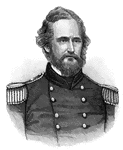
Captain Nathaniel Lyon
"Captain Nathaniel Lyon fought for the Union during the Civil War."—E. Benjamin Andrews 1895
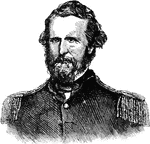
General Nathaniel Lyon
General Nathaniel Lyon (1818 - 1861) was the first Union general to be killed in the Civil War and is…

Macon Railroad
"Sherman's campaign in Georgia- Federal forces at Jonesborough destroying the Macon Railraod."— Frank…

Mahaska Crew
"The crew of the United States gunboat Mahaska, Captain Foxhall A. Parker destroying the water…
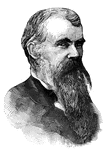
General William Mahone
"General Mahone, born in Southampton County, Va., December 1st, 1826; died at Washington, D. C., October…
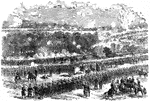
Battle of Malvern Hill
"Battle of Malvern Hill, near Turkey Bend, James River, Va., fought Tuesday, July 1st, 1862. The battle…
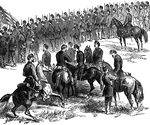
Battle of Malvern Hill
"Battle of Malvern Hill, near Turkey Bend, James River, Va., fought Tuesday, July 1st, 1862. The battle…

Battle of Malvern Hill
"Battle of Malvern Hill, near Turkey Bend, James River, Va., fought Tuesday, July 1st, 1862. The battle…
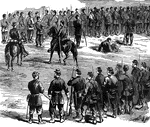
Battle of Malvern Hill
"Battle of Malvern Hill, near Turkey Bend, James River, Va., fought Tuesday, July 1st, 1862. The battle…
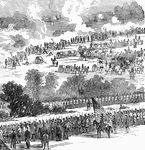
Battle of Malvern Hill
"Battle of Malvern Hill, near Turkey Bend, James River, Va., fought Tuesday, July 1st, 1862. The battle…
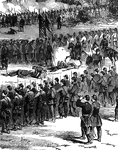
Battle of Malvern Hill
"Battle of Malvern Hill, near Turkey Bend, James River, Va., fought Tuesday, July 1st, 1862. The battle…

Battle of Malvern Hill
The Battle of Malvern Hill, also known as the Battle of Poindexter's Farm took place on July 1, 1862,…
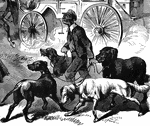
Man Walking Dogs
"Man walking dogs in the 'Grand Skedaddle' of the inhabitants from Charleston, S. C., when threatened…

Manassas
"The war in Virginia--General Hooker's army marching past Manassas, Va., June, 1863."— Frank Leslie,…

Manassasas Junction
"Manassasas Junction, showing the evacuated Confederate fortifications, abondoned camps and wagons,…
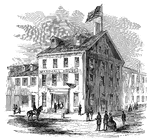
Marshall House
"The Marshall House, Alexandria, Va., where Colonel Ellsworth was assassinated by James W. Jackson,…
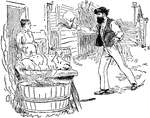
Captain Knott V. Martin's Pig
It is four o'clock in the afternoon when a messenger rides up to the house of Captain Knott V. Martin.…
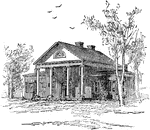
Marye House
The Marye House is located near Fredericksburg where skirmishes advanced towards during the Battle of…
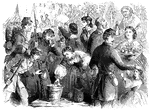
Daughters of Maryland
"How the Daughters of Maryland received the Sons of the North as they marched against the Confederate…
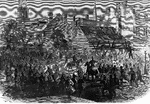
Invasion of Maryland
"The invasion of Maryland- citizens of Baltimore barricading the streets, Monday evening, June 29th,…

Invasion of Maryland
"The invasion of Maryland- General Kilpatrick repulsing the Confederate Stuart at Boonsborough, July…

Massachusetts Battery
Martin's Massachusetts Battery C opening fire on the Confederate fortifications commanding the approaches…

Massachusetts Sixth Attacked When Marching Through Baltimore
The Massachusetts Sixth is the first to leave to save Washington from the Confederates. However, they…

Fort McAllister
"Bombardment of Fort McAllister, Ogeechee River, Ga., by the union ironclads Patapsco, Passaic…
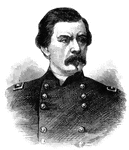
General George McClellan
"General George McClellan was involved in the Battle of Bull Run."—E. Benjamin Andrews 1895

General George B. McClellan
General George B. McClellan (1826 - 1885) was a major general during the Civil War. He is most known…
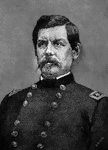
George B. McClellan
"George Brinton McClellan was born at Philadelphia, December 3, 1826. He was for two years a student…
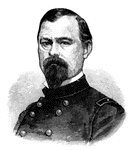
General Irvin McDowell
"General Irwin McDowell was an American general during the Civil War."—E. Benjamin Andrews 1895
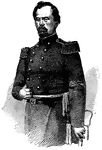
Irvin McDowell
(1818-1885) Soldier who served in the Mexican War and lead the Union Army in the Civil War at Bull Run

General McGowen
"General McGowen addressing the Thirty-Fifth Abbeville (S. C.) Volunteers, in front of the Charleston…
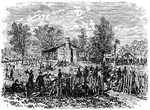
McPherson's Troops
"The war in Mississippi- McPherson's troops foraging at the Confederate General Whitfield's headquarters."—…

